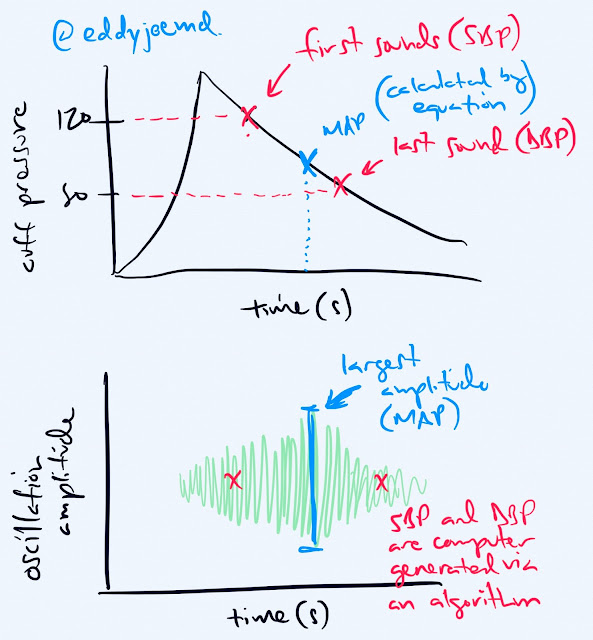
Everybody poops. There’s a book about it. Read it. It’s worth your while. You know what’s not worth your while? Something that I’ve been guilty of doing my whole career. Providing docusate just because. I’m a bit embarrassed but I was sent this article by bedsideroundz and doctorwarsgame yesterday evening so I could take this apart. Well, no need for me to take it apart. The authors did a great job at reviewing the data and concluding that we should just stop prescribing docusate. Hope no one holds shares in the companies who manufacture this medication as it is earning them $100,000,000 a year for a product with crappy results. Was that a pun? Perhaps the most important part of the article is towards the end where they provide recommendations regarding alternatives. I know what the nurses in the crowd are saying... “oh I’m not going to request lactulose for my patient”. Everything in moderation, team. Bowel movements are importante. 💩
-EJ
Link to Article
Link to PDF
Robert J Fakheri, MD, Frank M Volpicelli, MD, Things We Do for No Reason: Prescribing Docusate for Constipation in Hospitalized Adults. J. Hosp. Med 2019;2;110-113. doi:10.12788/jhm.3124
Although great care has been taken to ensure that the information in this post is accurate, eddyjoemd, LLC shall not be held responsible or in any way liable for the continued accuracy of the information, or for any errors, omissions or inaccuracies, or for any consequences arising therefrom.
















